
转自公众号:artisle艺术岛屿
http://mp.weixin.qq.com/s?__biz=MzU0NDg2MTMxNg==&mid=2247498210&idx=1&sn=c28b01667cc97ee80da0995fd84b02b3
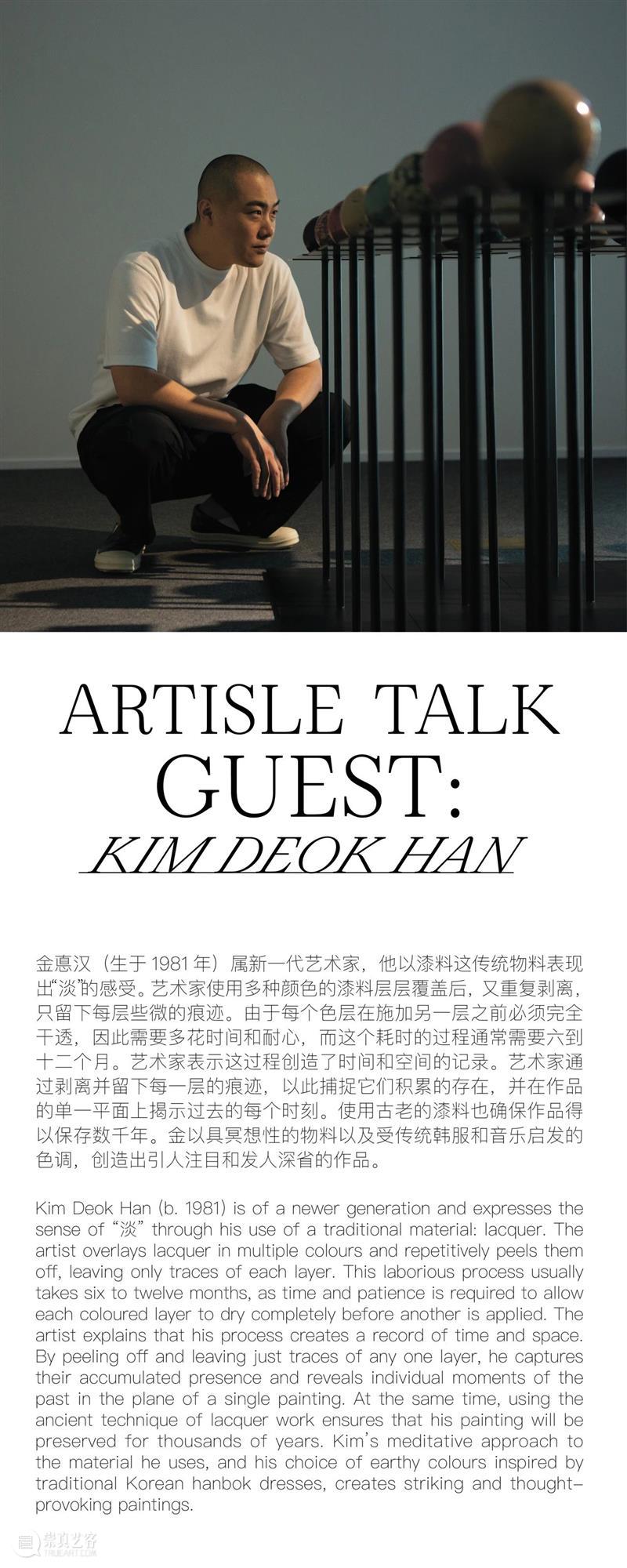
??
A: Artisle | K:Kim Deok Han

“Trace of Time 流痕”展览现场
A: 此次展览“流痕 Trace of Time”是你在白石画廊北京空间的首个展览,可以简单的介绍一下这次展览的主题吗?
K: 这次展览的主题“流痕”主要展示的是我近十年来不断探索的《迭色系列》作品。我们现在的样子是由过去的积累构成的,某些情感、记忆、经历等汇聚在一起,表现为"现在的我"。这样的我就是各种“时间痕迹”的形象。我用色彩在画布上表达这些东西,从过去到现在,我审视自己,找到现在的“我”。希望观众能在我准备的各种颜色和形状中找到自己。

A: 此次展览的主要系列作品《迭色系列 No. 24-01》的灵感来自电影《星际穿越》的主题曲《First Step》,你是如何将技术与艺术创作相结合的呢?你又如何看待技术在您创作中的角色呢?
K: 我试图在传统材料和方法的基础上创造自己的现代艺术图景。目前,我正在努力寻找技术与艺术之间的和谐。在我的作品中,情感、记忆、经验等的叠加是“无形”转化为“有形色彩平面”的过程。视频和音乐也能带来这些体验和灵感。我希望在这次展览中,通过这些事物的视觉转化,给观众带来多重“感官体验”。我在这次展览中使用的技术只是作为一种辅助工具,为我的画作创造更丰富的故事。即使机器能够对数据进行科学分析,但作为艺术表达者的毕竟是人。如果艺术家不把情感和灵魂放在一起,用自己的方式表达出来,那就只是一个没有灵魂的数字,例如0和1。东方的崇高精神的一个重要内核就是在技术面前,以人为本。
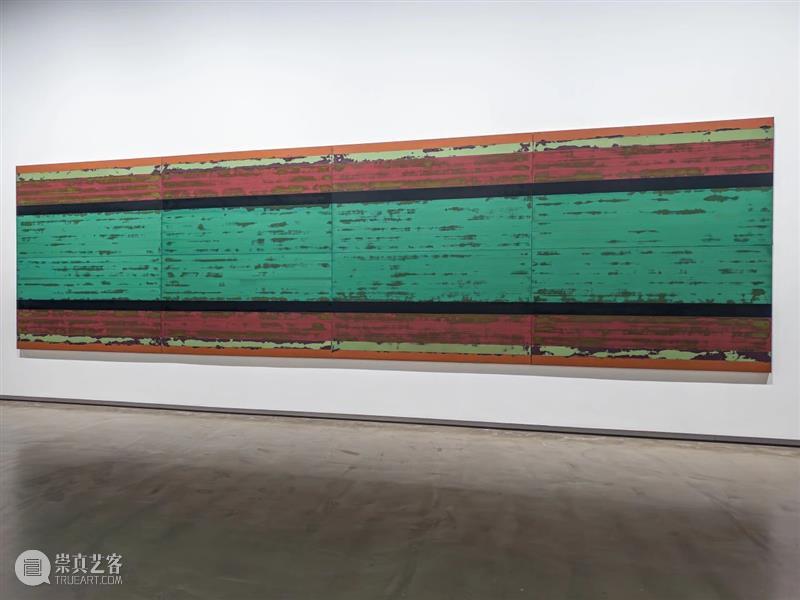
Kim Deok Han, Overlaid Series No. 24-01
240.0 × 880.0 × 4.5cm, East lacquer on panel, 2024
A: 你在创作中通常运用传统的漆艺工艺,可以简单的向我们介绍一下这项工艺吗?你又是如何通过创作将这项传统的工艺与当代艺术相结合的呢?
K: 传统漆艺使用从漆树汁液中提取的漆液作为涂料,是中国、韩国和日本等东亚地区的独特文化。当然,它是从中国传入的,但每个国家都有自己的文化和技术。我希望这种有着几千年历史的颜料不会仅仅停留在传统里,而是拓展到当代艺术中。我现在的工作就是在画布上记录和审视当下的情感和记忆。就像过去的人把记录的内容作为遗物留存下来一样,我也要用自己的方式记录我们自己。它代表着崇高的东亚历史的延续和保存。通过我的作品,从“我”的存在到“历史”的大流动,我将继续以各种方式,而不仅仅是从传统的角度,努力将过去和现在联系起来。“保护、保存、修复”,我认为这才是我们未来的价值所在。
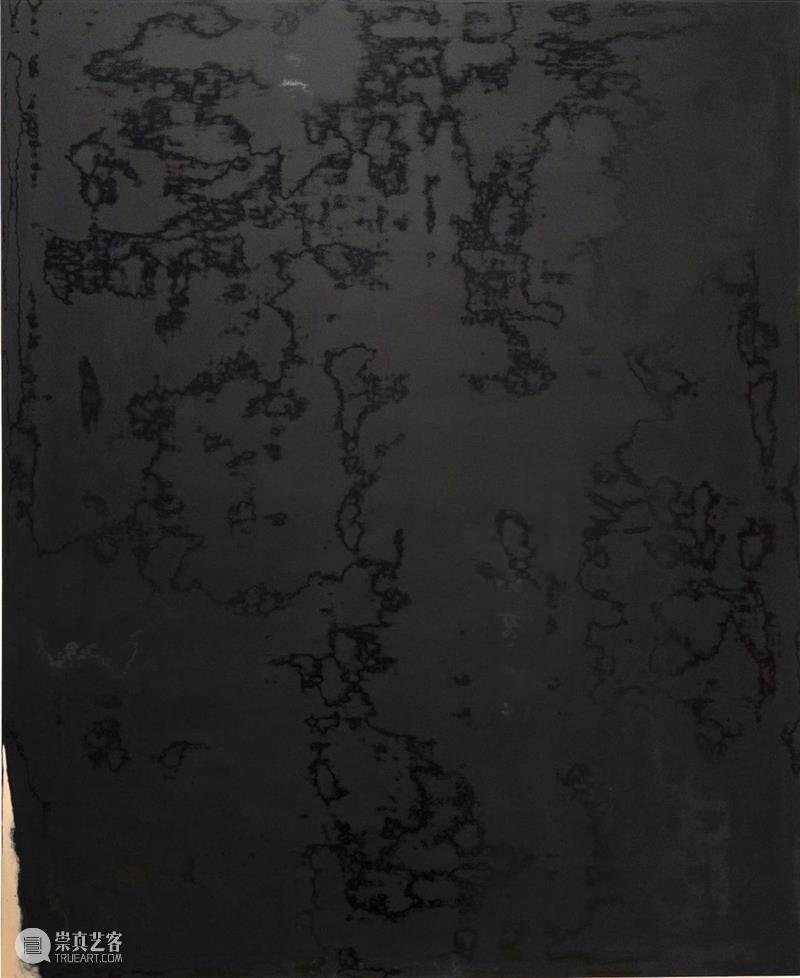
Kim Deok Han,Overlaid Series No. 24-60-01
120.0 × 98.0 × 4.5cm, East lacquer on panel, 2024
A: 你的创作涉及诸多层次和工序,每件作品都需要6-12个月的时间周期,让作品蕴含时间和空间的纵深维度,对你而言这样的过程意味着什么?可以将其视为一种你的修行?
K: 经验,还有反复练习。创作从自己制作属于自己的画布开始。把木头打磨成木质的画布,然后像穿衣服一样给它加上外壳,然后整齐地进行打磨。等这个过程结束后,才会一层一层地涂上颜色。然后再用砂纸研磨,直到我的作品完成。一层层的堆积颜色是谁都可以做到的,但是仔细思考更重要。就像反省自己的行为一样,不断地回顾过去,了解自己。我想说我的艺术不是画画,而是“剥离”。过去和现在保持一致的自我。那是我的修行。
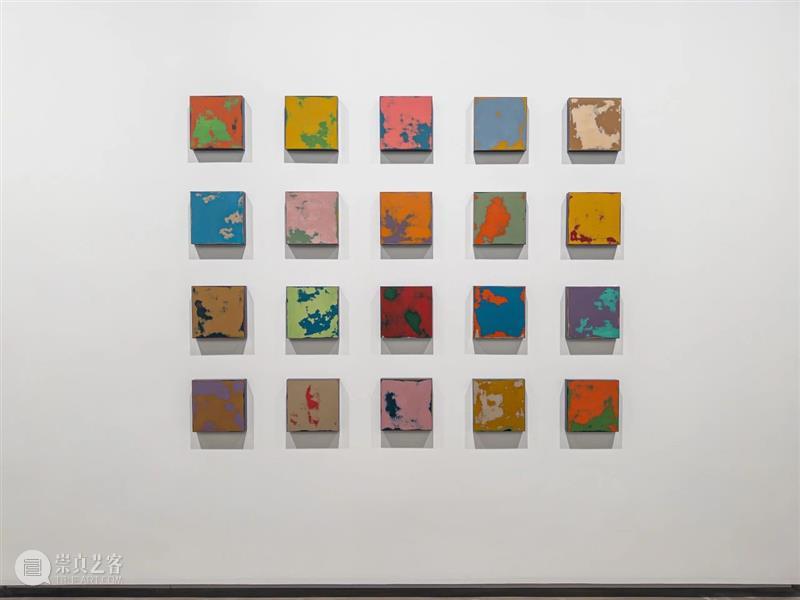
“Trace of Time 流痕”展览现场
A: 在你的画面中色彩由反复的工序与摩擦形成,你通常是如何控制色彩的形成呢?你对色彩的运用是否有什么特殊的考量?又是如何设计整体色彩与画面效果的呢?
K: 在表达自己的艺术世界之前,我首先回顾了自己的生活。每个人都有自己的伤痛。我把生活中的大事按年份记在笔记本上。我把当时的记忆变成颜色记录下来。颜色代表了我的记忆和生活经历。这些记忆和情感的组合形成了彩色图像。现在,我已经删除了这些色彩图像。我想了解我从观众身上感受到了什么颜色。就像我通过绘画治愈自己一样,我希望现在他们也能通过观察我画中的颜色找到自己,治愈自己。
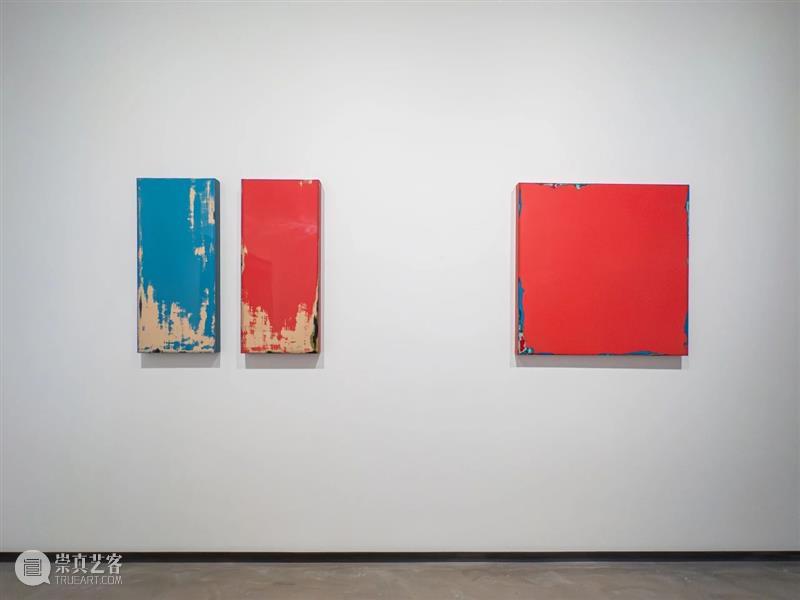
“Trace of Time 流痕”展览现场
A: 此次展览的作品《迭色》系列中的颜色运用十分独特,同时画面也呈现了很多不同的肌理与细节,这种肌理与质感是随机出现的吗?你又想以此表达什么呢?
K: 在我的作品中,表现是分阶段进行的,从粗砂纸“80号”到细砂纸“3000号”。随着操作的进行,色面逐渐被小心剥离。在构图时,先从大的基本构思开始,然后再处理细节。但万事开头难,一旦磨损,就不可逆转,所以矛盾每时每刻都在发生,让我很难做出选择。其实这就像人生的选择。幸运的是,如果画错了,我还可以把它全部磨干净,重新开始。

Kim Deok Han,Overlaid series no. 24-130-01
120.0 × 220.0 × 4.5cm, East lacquer on panel, 2024
A: 你在创作中通常使用木质面板、不锈钢等坚硬的材料,不同的材料选择是否会有不同的效果与表达呢?你是否有偏好使用的材料呢?原因是什么呢?
K: 我们的祖先在数千年前,短则几百年前就开始在木材、金属、陶瓷等多种材料上使用漆。早在史前时期,漆就被用作粘合剂。它的使用不受任何材料的限制。我目前正在研究木材、不锈钢、铝等材料。我的工作方式也是如此,根据作品的安装和位置规划来选择材料。
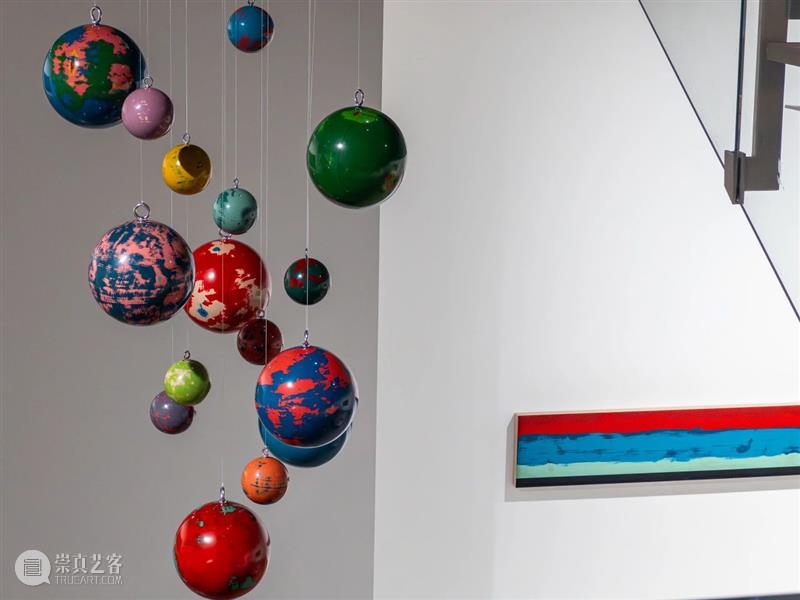
“Trace of Time 流痕”展览现场
A: 除了平面作品外,你还以雕塑与装置的形式进行创作, 如《浓缩系列》(Compressed)作品,可以简单的介绍一下这组作品吗?不同的媒介对你的创作是否有不同的意义呢?
K: 我的艺术在“OVERLAID”这个大主题下分为三种形式:平面、立体和装置。在创作过程中,我首先开始了平面作品《迭色系列》,然后用平面压缩《浓缩系列》和《分割系列》(Division Series)完整地构建了我的艺术世界。“迭色-浓缩-分割”这三种方法就像“宇宙的循环结构”。这个过程在我的艺术世界中不断重复,就像任何恒星的生命循环一样,先形成,再压缩,然后再分散。用人的生命做类比的话,这就像我们出生、生活,然后死亡、灰飞烟灭。

“Trace of Time 流痕”展览现场
A: 你认为此次在白石画廊北京空间的展览是否有什么特别之处呢?不同的空间氛围及文化背景对于你的作品呈现有什么影响吗?
K: 798地区原本是1957年开始建设的电线厂区,从2002年开始,很多艺术家陆续搬进来,开始把这里布置成工作室和展览空间,我知道是开始,也形成了今天的798,在这里可以欣赏到当时最好的艺术作品和表演。这种对亚洲以外的世界历史具有重要意义的文化背景,与历史时期一样留下了许多伤痕。就像我所研究的这次展览的主题“流痕”一样。这里与时间的痕迹共存,面对现实,展望未来。因此,我准备了副标题为“第一步”的作品,以表达我有幸在这个历史悠久的空间举办首次个展,从而表达迈向无限宇宙的第一步的感受。
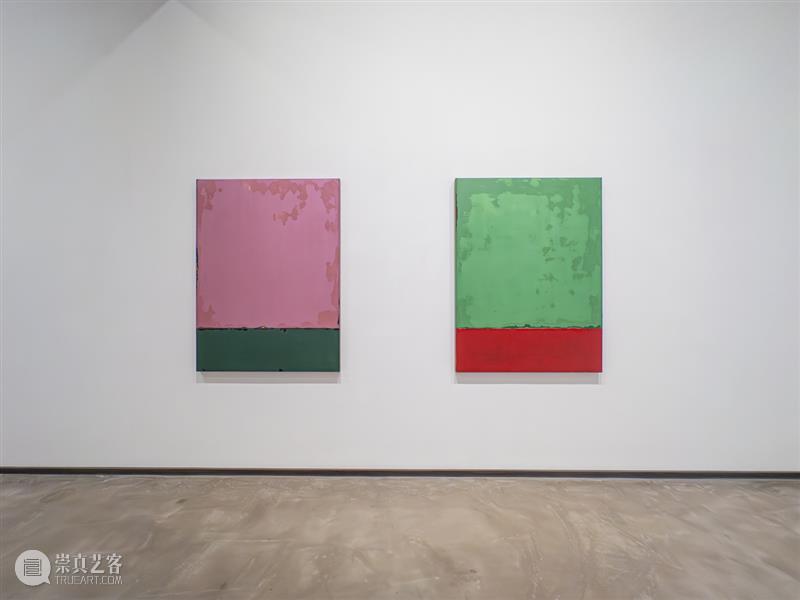
“Trace of Time 流痕”展览现场
A: 未来是否会尝试其他的创作媒介呢?是否有什么新的展览计划呢?
K: 我正在以牢固构筑的属于自己的艺术哲学为基础,试验多种作品素材。而且,正在计划以我的艺术世界为基础,与观众进行沟通和参与的工作。以我表现的颜色为基础,参观者也可以亲自寻找自己的颜色,感受颜色的感情表达,并参与装置作品制作的有趣展览。我很想再次以展览的形式和大家见面。从8月29日开始,我将在中国台湾的台北白石画廊举办个人展,韩国首尔白石画廊的展览也正在讨论中。明年将通过和驻印度韩国大使馆合作,在印度举办展览。另外,也在韩国准备ROLLS-ROYCE和Cartier的展示及为VIP准备的艺人脱口秀节目。

“Trace of Time 流痕”展览现场
感谢Kim Deok Han的受访
以及白石画廊的协调
A: Artisle | K:Kim Deok Han
A: This exhibition ‘Trace of Time’ is your first exhibition at the Whitestone Gallery Beijing. Could you briefly introduce the theme of this exhibition?
K: The theme of this exhibition, ‘Traces of Time’, is based on ‘OVERLAID SERIES’, which I have been exploring steadily for nearly a decade. What we are now is made up of the accumulated past. Certain emotions, memories, experiences, etc. come together to express themselves as the ‘present me’. Such me is the image of various ‘traces of time.’ I express these things in color on the canvas. From the past to the present. I look into myself and find the present ‘me’. I hope you will find yourself in the various colors and shapes that I have prepared.
A: The main series of works in this exhibition, ‘Overlaid Series No. 24-01’ is inspired by the theme song ‘First Step’ from the movie ‘Interstellar’. How do you combine technology with artistic creation in your work? And how do you perceive the role of technology in your creative process?
K: I’ m trying to create my own modern art based on traditional materials and methods. And I’m currently trying to find a harmony between technology and art. In my work, the superposition of emotions, memories, experiences, etc. is the process of transforming ‘the intangible’ into ‘the tangible color plane.’ Videos, and music, also, give those experiences and inspiration. I wanted to give the audience multiple ‘sensory experiences’ through the visual transformation of those things in this exhibition. The technology I used in this exhibition just serves as an auxiliary tool ‘to create a richer story’ for my paintings. Even if a machine can scientifically analyze data, after all, it’s people who express themselves as art. If the artist doesn’t put emotions and souls together and express them in his own way, it’s just a soulless number, 0 and 1. The sublime spirit of the East is human-centered before technology.
A: You typically use traditional lacquer techniques in your artistic endeavors. Could you briefly introduce us to this craft? How do you combine this traditional craft with contemporary art in your work?
K: The traditional lacquer technique uses lacquer liquid extracted from the sap of a lacquer tree as a paint, and it is a unique culture in East Asia such as China, Korea, and Japan. Of course, it was introduced from China, but each country has its own culture and technology. I hope that this painting, which has thousands of years of history, will not remain in tradition but expand into contemporary art. My work now is to record and examine the emotions and memories of the present on a canvas. Just as people from the past remain as relics, I am also going to record ourselves in my way. It represents the continuity and preservation of the noble East Asian history. Through my work, from the existence of ‘me’ to the big flow of ‘history’. I'm going to continue to work on connecting the past and the present in a variety of ways, not just from traditional perspectives. ‘Protection, Preservation, Restoration’, I think that's what makes the value of the future that we are.
A: Your artistic practice involves multiple layers and procedures, with each piece requiring a time frame of 6-12 months, imbuing the artwork with depth in both time and space dimensions. What does such a process signify for you? Can it be considered a form of your spiritual practice?
K: Experience, and repetition. As time goes by, we become more rigid. The rework begins by creating my own canvas. I trim the wood to make a wood canvas, and then I coat it with flesh and grind it straight as if I were dressing it. And after that process, I pile up the colored sides one by one. And then I peel off it again to complete my painting. Anyone can do it. It's important to look into it. It's like reflecting on yourself constantly. Getting to know yourself by looking back on the past. I would say my art is not painting, but stripping away. The past and the present to stay in line with my ego. That's my practice.
A: In your artwork, colors are formed through repeated procedures and friction. How do you typically control the formation of colors? Do you have any special considerations regarding the use of color? And how do you design the overall color scheme and visual effects of the artwork?
K: I organized my life first before expressing my art world. Everyone has their own wounds. I organized big events in my life in my notebook by year. And I changed the memories from that time into colors and recorded them. Colors represent my memories and experiences in my life. Those combinations of memories and emotions create color images. Now I have removed those color images. I want to understand what colors I feel from visitors. Just as I healed myself by painting, I hope that now they will find themselves by looking at the colors in my paintings and healing themselves.
A: The use of color in the ‘Overlaid Series’ collection of works in this exhibition is very unique, and the images also display a variety of textures and details. Are these textures randomly occurring? What do you intend to express through them?
K: In my work, expression is carried out in stages from coarse sandpaper [#80] to fine sandpaper [#3000]. As the operation progresses, the color surface is gradually and carefully peeled off. In the composition of the picture, start working with a big basic idea and proceed with the details. But everything is difficult to achieve. Once worn out, it is irreversible, so conflicts occur every moment. Which makes it a difficult choice. It‘s like the life we choose. Fortunately, If the painting was wrong, I can still grind it all clean and start again.
A: In your art-making, you use materials such as wooden panels and stainless steel. Do different material choices result in different effects and expressions? Do you have a preference for certain materials? If so, what are the reasons behind your preference?
K: Our ancestors began to use paint on a variety of materials such as wood, metal, and ceramics thousands of years ago, or at least hundreds of years ago. Lacquer has been used as an adhesive since the prehistorical period. It can be used without any material restrictions. I am currently working on wood, stainless steel, aluminum, etc. I select the material according to the installation and plan of the place and location of the work.
A: Apart from two-dimensional works, you also create sculptures and installations, such as the piece ‘Compressed Series’. Could you introduce this series of works? Do different mediums hold different significance in your artistry?
K: My art is divided into three forms within the big theme of ‘OVERLAID’: flat, stereoscopic, and installation. In the process of working on it, I first started the flat work ‘Overlaid Series’, and then I completely built my art world with the flat compressed ‘Compressed Series’, and the split ‘Division Series’. ‘Creation-compression-division’. These three methods are like ‘the circulation structure of the universe’. The process continues to repeat itself in my art world, like the cycle of any star that is formed first, then compressed, and then scattered later. Compared to human life, it’s like a life where we’re born and live, and then die and we are scattered in ashes.
A: Do you think there is anything special about this exhibition at Whitestone Gallery Beijing? Do different spatial atmospheres and cultural backgrounds have any impact on the presentation of your works?
K: Originally, the 798 area was a wire factory area that began construction in 1957, and since 2002, many artists gradually moved in and began decorating it as a studio and exhibition space, I know that this was the beginning and the current 798 was formed today, where you can enjoy the best artworks and performances of the time. This cultural background, which is important to world history beyond Asia, leaves as many scars as the historical time. It is like the theme of this exhibition, ‘Traces of Time’, which I have studied. This place coexists with the traces of time, facing reality and looking at the future. So I prepared a work under the sub-theme ‘FIRST STEP’ to express the feeling of taking the first step into the respectful and infinite universe with the honor of having the first solo exhibition in this historical space.
A: Do you plan to explore other creative mediums in the future? Are there any new exhibition plans on the horizon?
K: I am experimenting with various art materials based on my own well-established art philosophy. I am planning an exhibition to communicate and participate with visitors based on my art world. Based on the colors I expressed, I am planning an interesting exhibition in which visitors can find their own colors, express their emotions, and participate in the production of installation artworks. I really want to meet you in Beijing again. From 29th August, I will hold a solo exhibition at the Whitestone Gallery in Taipei, Taiwan. An exhibition at the Whitestone Gallery in Seoul, Korea, is also under discussion. And next year, I will show my art world in India with the cooperation of the Korean Embassy in India. In Korea, also preparing exhibit and artist talk programs for VIPs with ‘ROLLS-ROYCE’ and ‘Cartier’.
Thanks Kim Deok Han for the interview
and Whitestone Gallery.

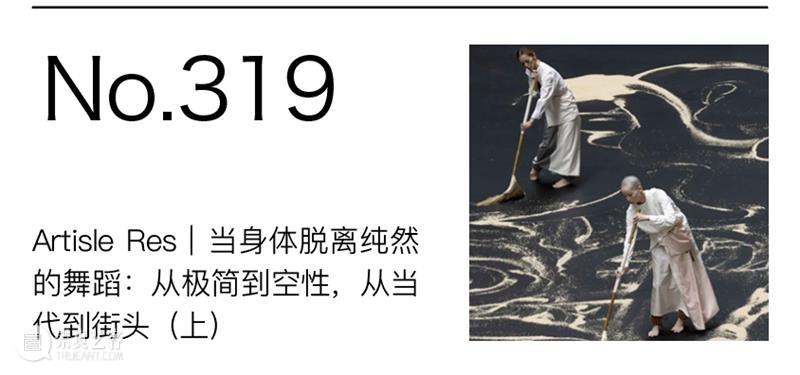


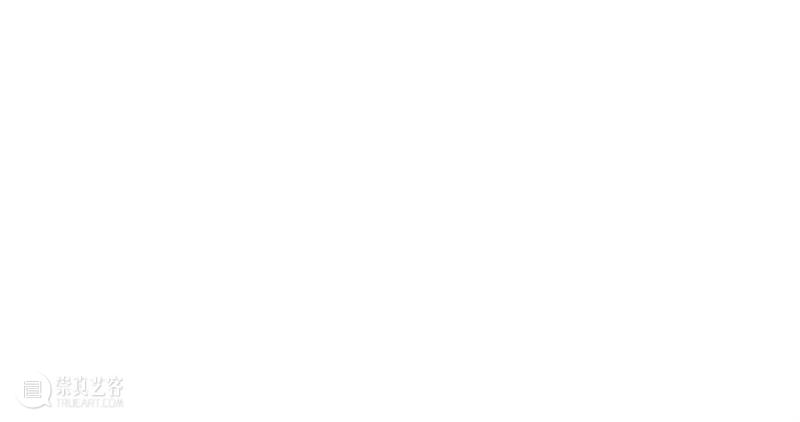



已展示全部
更多功能等你开启...





 分享
分享